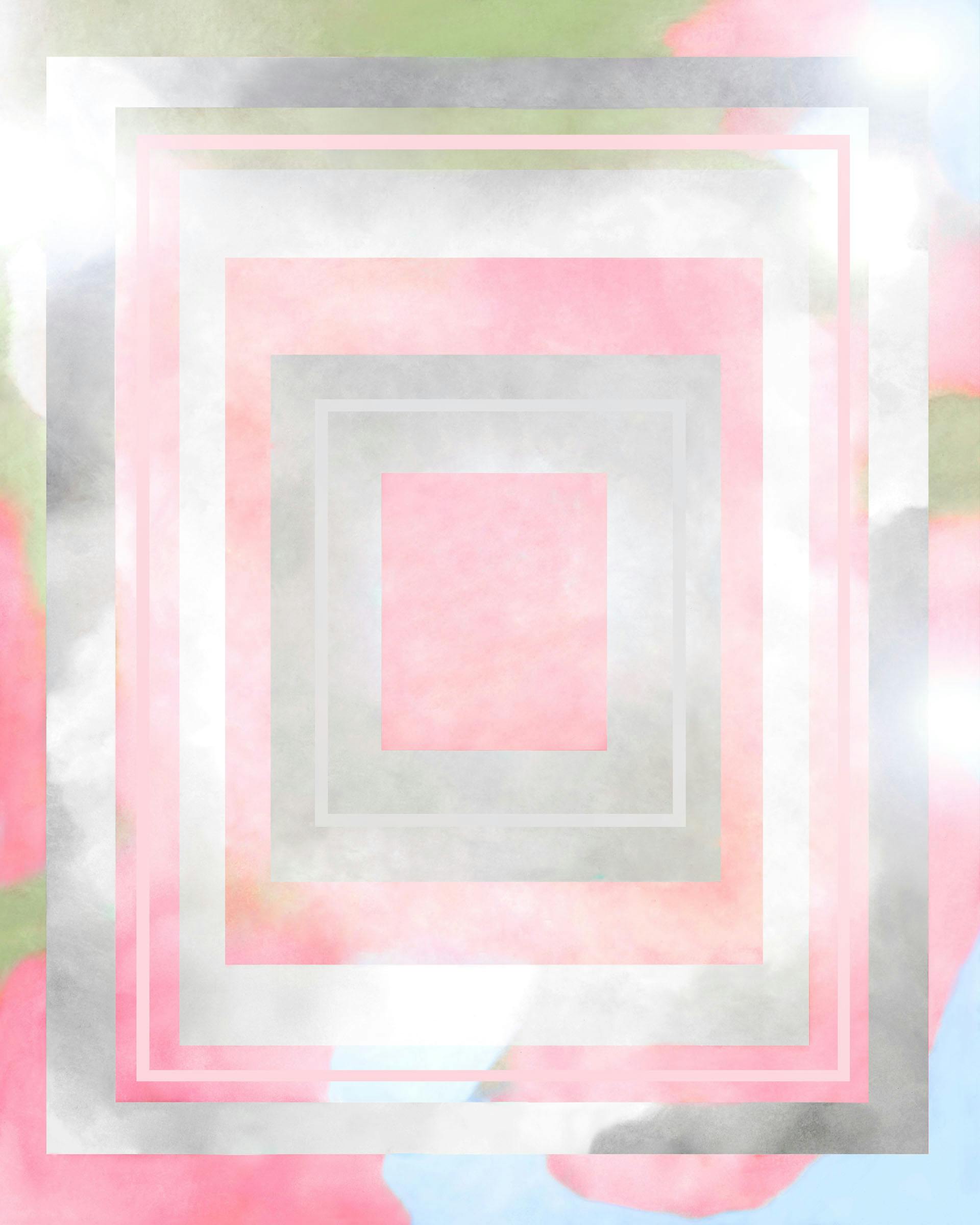
Obscura Journal Contributor Danielle Ezzo recently interviewed artist Gregory Eddi Jones in preparation for the first ever Foundry Commission drop where five artists were awarded the opportunity to envision and work on a new project of their choosing. The first generation of artists received mentorship and curatorial assistance throughout the three month process. Jones discusses Hanami Blocks, a series of twenty-five images that question the increasingly blurry lines of the photographic medium, and how it contends with the intrinsic properties and behaviors of the NFT space.
DE: Tell us about Hanami Blocks.
GEJ: Hanami Blocks started as a simple exercise to help offset seasonal depression. I’m in the Northeast and always get affected by the short days and very cold nights. Most years I go into a sort of hibernation mode. So I decided this year I wanted to work with really happy looking pictures, which led me to stock photographs of cherry blossoms. I remember being young and marveling at the sight of cherry blossoms, their bright pink hues backdropped by a bright blue sky. It conjured a joy I wanted to recapture, and it worked pretty well. I had a nice winter.
DE: Based on the name of the series, I imagine this work is in dialog with generative projects like Art Blocks. Would you say that’s accurate, and why is creating a connection between photographic projects and generative work important to you?
GEJ: Yes, that's very accurate. No art medium exists in a vacuum. Painting can be informed by sculpture. Video art can be inspired by embroidery. I think cross-pollination between different forms of media and material is very healthy, but also necessary to pursue new thinking and perspectives.
I spend a lot of time thinking of what a blockchain-native form of photography can look like, and that search begins by looking at existing blockchain-native artwork. In the context of the NFT space I thought of how a photograph might be seen as a sibling to generative art. It took a lot of aesthetic cajoling, as well as liberties in defining photography in the broadest possible terms.
But if you break down ‘photography’ to its root words, light and writing, or light and pictures… Isn’t the computer screen itself the greatest photograph of them all? I think understandings of ‘photography’ have historically been severely hampered by defining it along the lines of what cameras do. There’s so much more here.
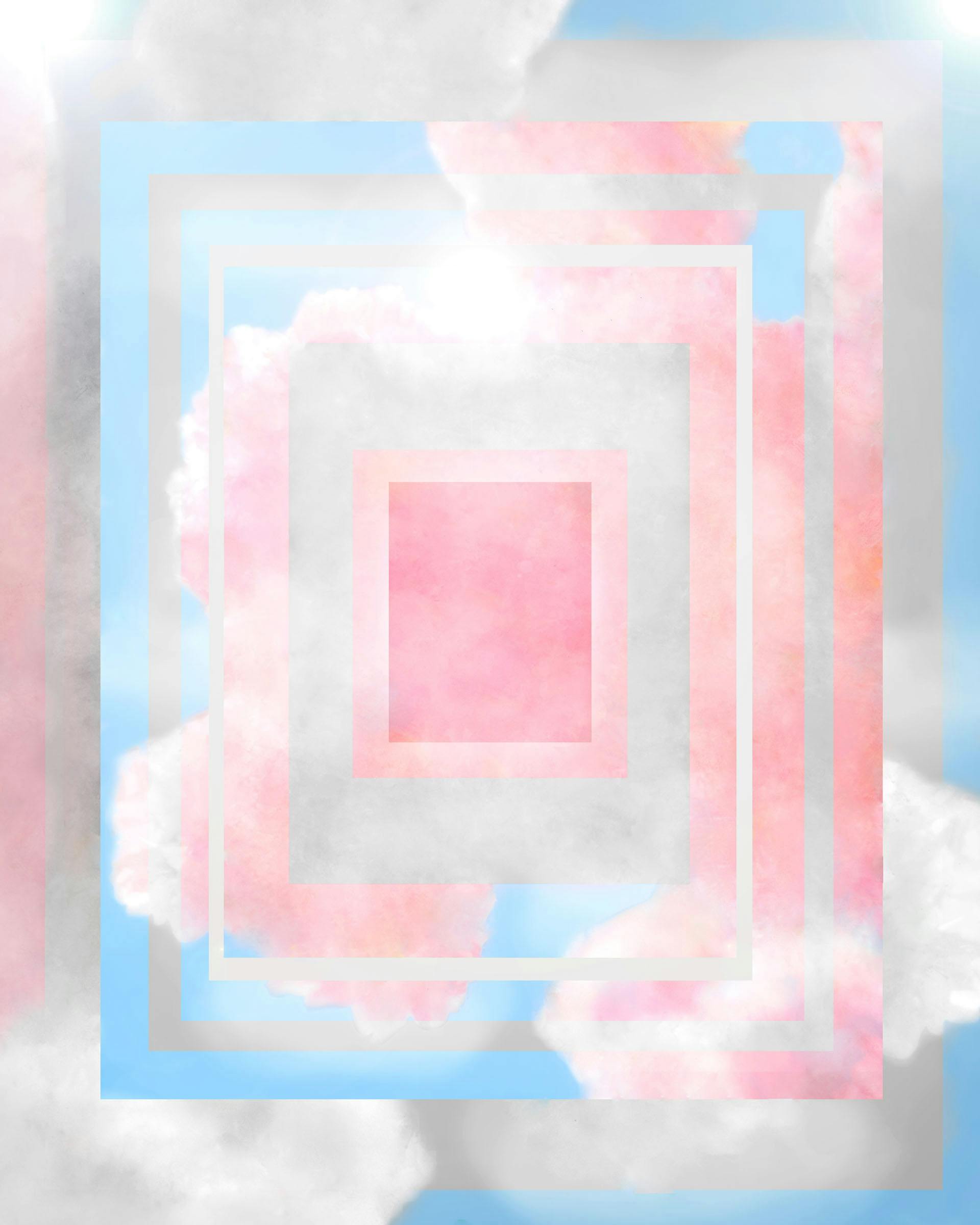
DE: Both your work as an editor for In the In-Between, an online journal for new photography, and in your personal work, you’ve highlighted themes and artists working with the photographic medium in innovative ways. Is there a threshold, for you personally, for what makes something photographic? Does the indexical origins of the image matter in the reading of this particular project?
GEJ: ‘Photography’ to me is more an abstraction than a description. Some of my practice is a game of how far I can expand the shade under the umbrella term that is ‘photography’. I’m more curious about exploring territory that is undefined rather than territory that has already seen its ground built upon. There are cities of traditions that have been built in the creative territory that occupies ‘photography’ in the common sense. I like being in the wilderness.
But the indexical origins do matter. In the case of Hanami Blocks, I’m using nature photographs as my source material, and I think of the relation to human development and its movements from nature to technology. Photographs travel, each destination is a new context that gives new meaning. To me, Hanami Blocks takes photographs on a journey of that same arch of human evolution, from notions of nature to embodiment in a virtual space.
The original data of these images was a record of a thing that existed in a particular place and in a particular time and was seen and framed in a particular way. The ghosts of those recordings are still in these pictures, somewhere deep down. But they are also long dead, and have evolved into what these pictures have become, whatever we may want to call them.
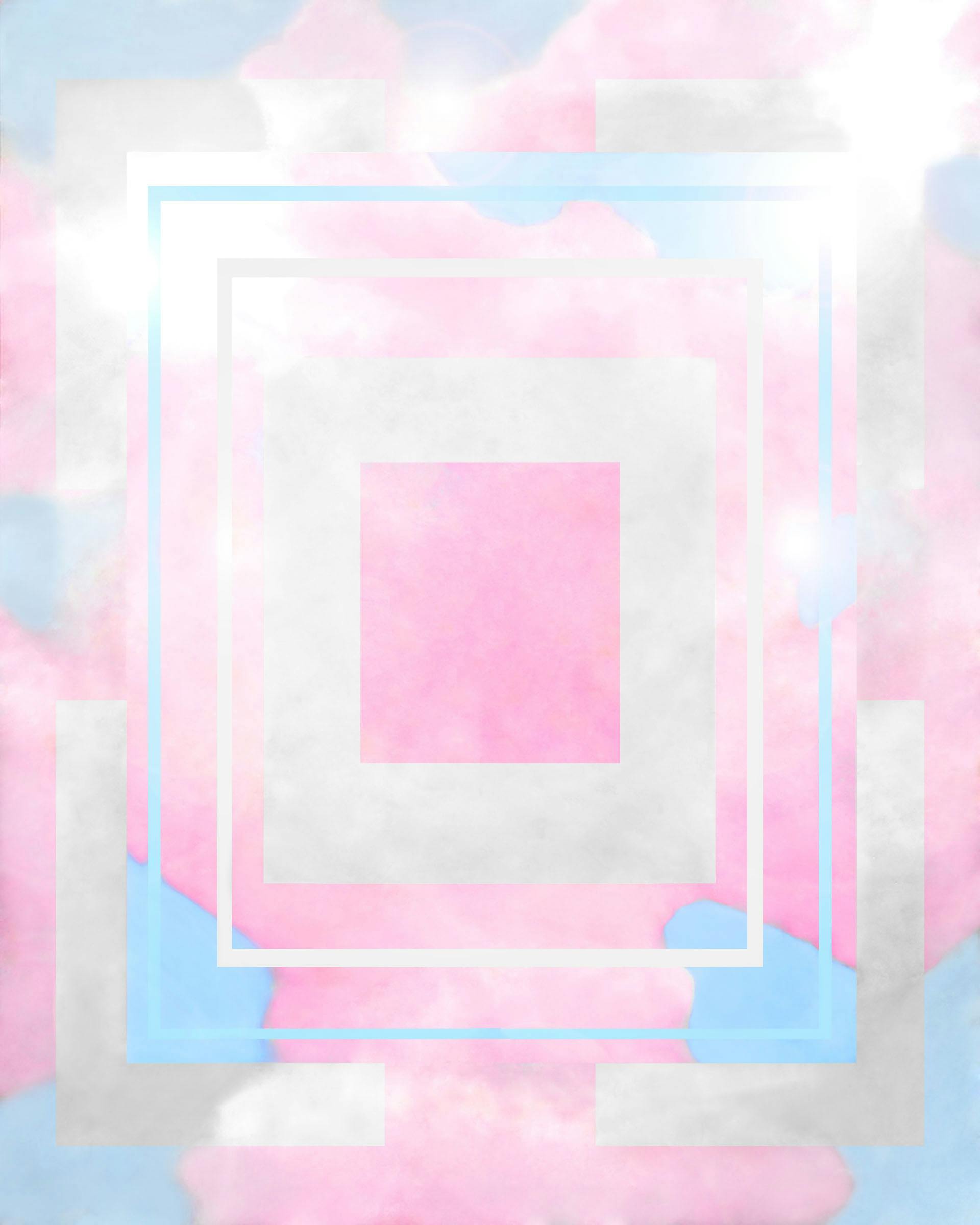
DE: In the long tradition of conceptual art, artwork such as this is often in conversation with the supporting titles and text that the artist provides his/her viewers. How important is it for the viewer to understand the conceptual element embedded within Hanami Blocks?
GEJ: The word ‘hanami’ is a Japanese term that relates to a sort of gathering of friends and family underneath sakura trees when they are in full bloom. It’s a gathering to simply enjoy one another, and to find a moment of bliss in the beauty of these things amid the chaos or mundane drab of normal life. We’ve seen over and over again in these technological cycles that emergent tools offer us better lives with more convenience. Marketing describes tools in utopian terms, and that is certainly the case for popular discussion about web3, NFTs, and metaverse spaces.
So in a way I’m using ‘hanami’ as a way to reference the promise of bliss that accompany this new environment, mediated through a glowing screen that in many ways we’re all sharing together. I still don’t know if my commentary is hopeful or pessimistic or ironic, or maybe just observational.
DE: Much of your work toggles between digital manipulation with the use of Photoshop and physical mediation where you alter the physical surface of the printed image. Can you expand on that back and forth process a bit more?
GEJ: In Hanami Blocks and in Promise Land I use stock images as source material and starting point for different phases of manipulation. I digitally edit the source material, then print it onto a paper surface that doesn’t absorb the ink. It’s a way of rendering the picture with a kind of physicality that goes against the nature of the photography as a natively virtual entity (because the photograph only shows you a description of the subject, never the thing itself). After the ink dries, I scan the picture back into virtual space and digitally edit it further, sometimes subtly and sometimes severely. I like how the picture travels from the screen to the ink and back to the screen, and how each stage of the journey it takes, it changes more and more. It’s not so different from our own experience as people.
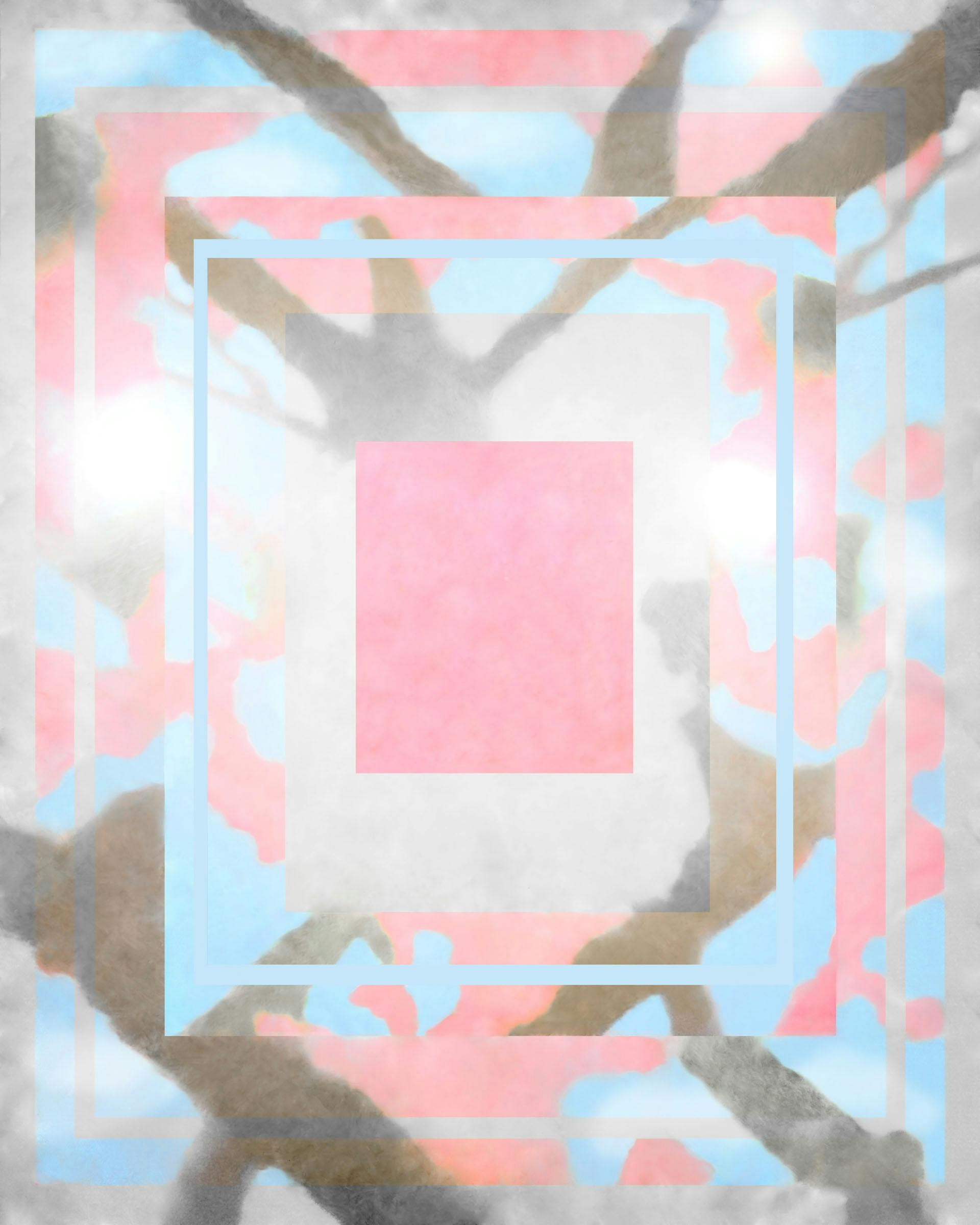
DE: Repetition is central to this work, the nested frames within each, as well as the accumulations of images as a series. How important is repetition in the reading of the work and does sequence matter?
GEJ: To some extent the repetition and sequence don’t really matter to me. There are 25 images in Hanami Blocks, but I see them as being all the same image, just with different variations. Or perhaps they exist as a kind of still frame in an imagined moving image that goes through phases of change. Each aspires to send the same messages, and viewers only need to see one, I think, to see the idea. Too much repetition risks redundancy, but too little risks doubt about purpose. Repetition is largely necessary to reinforce authorship, I think. It’s like saying, each picture proves that the author meant to make the last one just as they did it. It’s an assertion of intention.
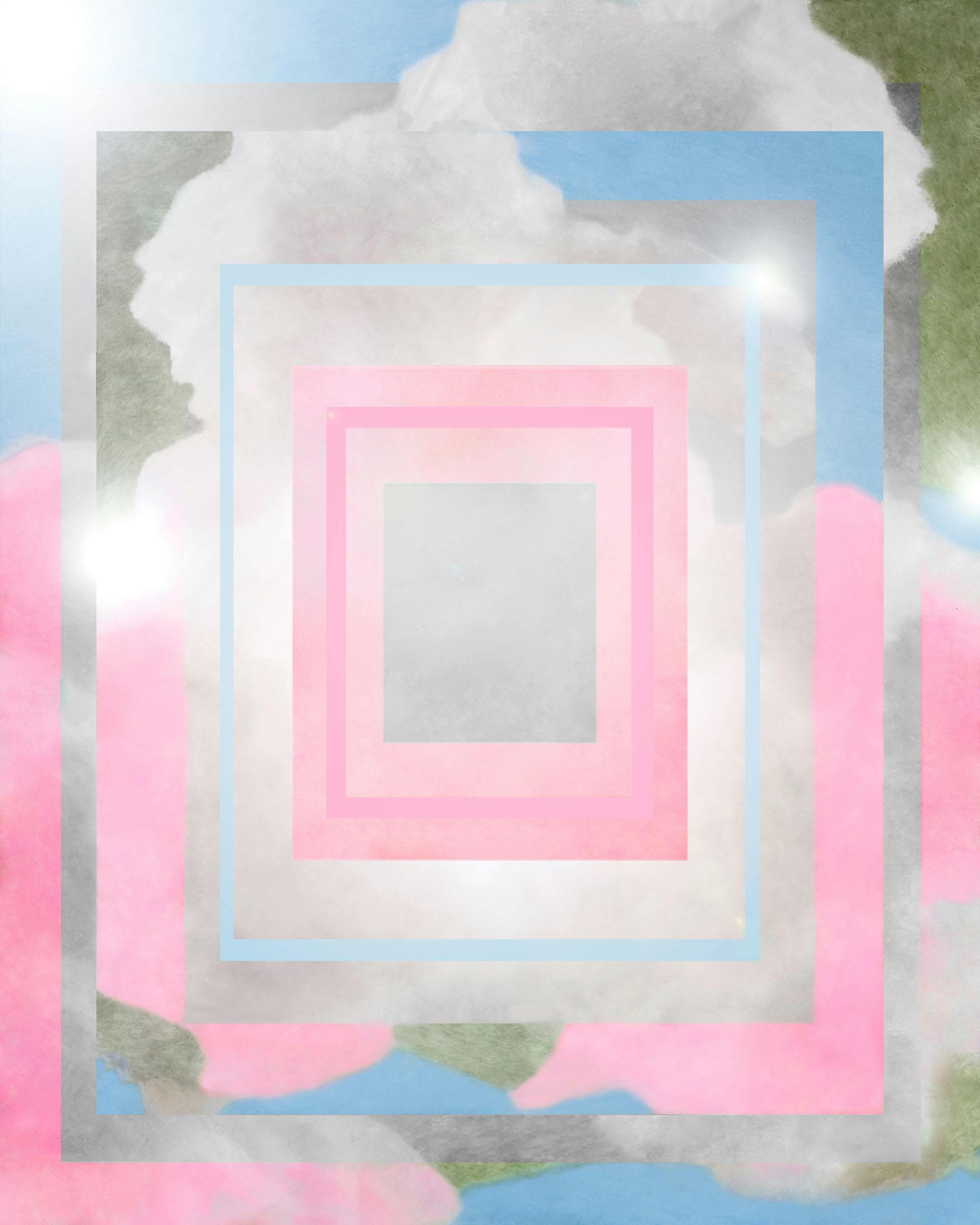
DE: There’s a long-standing tradition of watercolor and ink-wash painting in Japanese culture. Because the source material and title reference the tradition of Hanami—the gathering of friends to experience the cherry blossom season—how do you see the work in dialogue with this long-standing tradition?
GEJ: Yeah I was looking at a lot of Japanese art when I was making these. I’ve always loved how Eastern drawing and painting traditions developed so radically different from Western ones, where realism was for a long time a kind of hallmark of an artist’s skill. Japanese painting and drawing aspired to something else completely. Those artists didn’t render what they saw, but what they felt. Western art tradition is rooted in rationalism, while Eastern emphasized emotional states and interpretation. You can see the intersection of these lines in Van Gogh’s work. He was an ardent admirer of Japanese prints that were being imported to Europe. A lot of his painting was energized with Eastern artistic philosophy, which is partly what made his work so radical and visionary. It was painted with a DNA the Western world hadn’t known how to embrace.
I don’t think I intended Hanami Blocks to specifically dialogue in relation to Japanese pictorial tradition, but now that you mention it I see a relationship. They are emotionally derived pictures first and foremost, and only take on these mediated layers of logic and rationalism later on.
What’s interesting to think about is that when making digital pictures, photo, illustration, or otherwise, there’s an inherent rationality embedded in the media. Underneath all the pixels are numbers, photographers become accidental mathematicians. I think it places the onus on digitally-oriented artists to find a spirituality in the coldness of the tools.
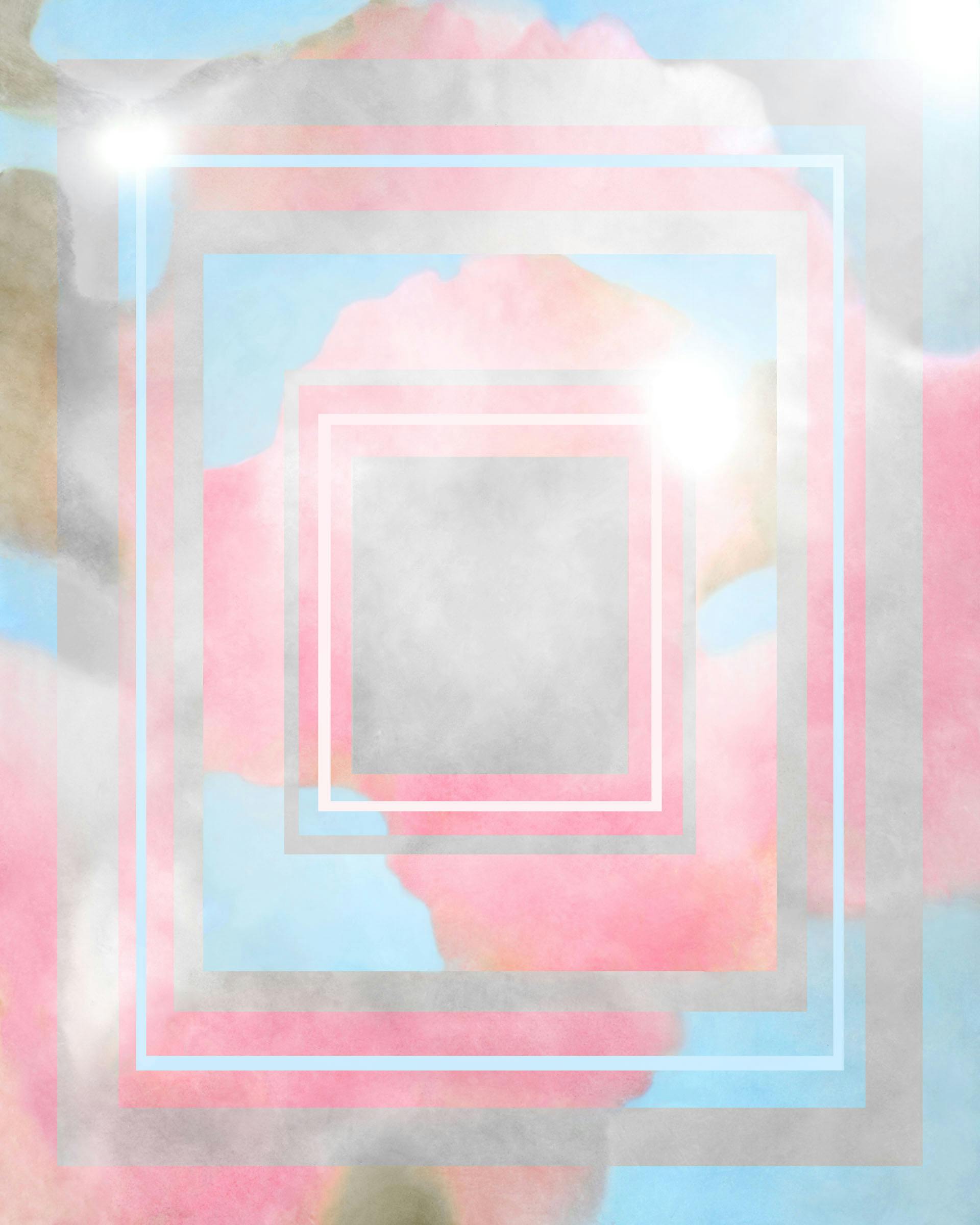
DE: Using stock photography is an integral part of your practice. I see your source images as a metaphor for a collective vision of the world—people, places, and events that are well documented and embedded within the visual culture. Which naturally makes me think of Penelope Umbrico’s work, Suns from Sunsets from Flickr, as one of many examples. Do you see this work in dialogue with her practice? Where else in the canon of photography do you see this work fitting in?
GEJ: In a lot of ways, I look at myself as a photographer without a tradition. I suppose that I don’t aspire to fit into the historical canon of photography, and don’t mind my work existing wholly outside of it. But Penelope’s Sunsets are an inspiration along with a lot of others who really push photography into uncharted waters, which, not-coincidentally, tends to also explore the implications of new technologies and its effects on photography, much like how Penelope’s Sunsets showed us a collective common denominator of human curiosity, which unveiled itself because Flickr had a search function where you could find images with common keywords.
The history of photography is a history of technology, and each new development of tools has potentials to renew our understanding of what photography can be, how it can be theorized, how it can be distributed. It’s super interesting to me. I’m always inspired by photographers who make work by mis-using the tools of photography. I think of Man Ray’s photograms, Richard Prince’s cowboys, Lucas Blalock’s…things. I like pictures that break the codes of conventions.
DE: I don’t know about you, but I’ve been thinking about Hito Steyerl’s seminal 2009 essay, In Defense of the Poor Image, a lot lately:
The poor image thus constructs anonymous global networks just as it creates a shared history. It builds alliances as it travels, provokes translation or mistranslation, and creates new publics and debates. By losing its visual substance it recovers some of its political punch and creates a new aura around it. This aura is no longer based on the permanence of the “original,” but on the transience of the copy.
What is your relationship to the poor image? And how has our collective understanding of poor images evolved, if at all, now in the age of the blockchain?
GEJ: I LOVE this. I’ve heard of the essay before but haven’t gotten around to reading it. The idea of the ‘aura’ is particularly pertinent in the case of NFTs and screen-based art. I think a virtual image can embody an ‘aura’. What does a reproduction of a virtually-native image look like? Walter Benjamin scholars will have a lot to say about it.
Now that I read this, I think that’s exactly what I wanted these pictures to embody as images that lived only on the screen. I wanted Hanami Blocks to feel like a kind of sacred object. I’ll have to visit the essay to fully understand what Steyerl means by ‘poor image’, but I feel the connotations of the term pretty deeply. It’s interesting how such common pictures can become aspirational to something more, and quite often achieve that in the case of memes, for example, or source material for new pictures in my case.
It’s really never the image that’s important, but what the artist ultimately does with the image. But sometimes images also end up speaking not with the voice of the artist, but more chaotic and unpredictable voices derived from the media environments they’re seen in. It’s like you can be in New York and feel you have a certain identity, then go to some cornfield in Indiana and feel like an altogether different person. Pictures do this too. Their environments change them.
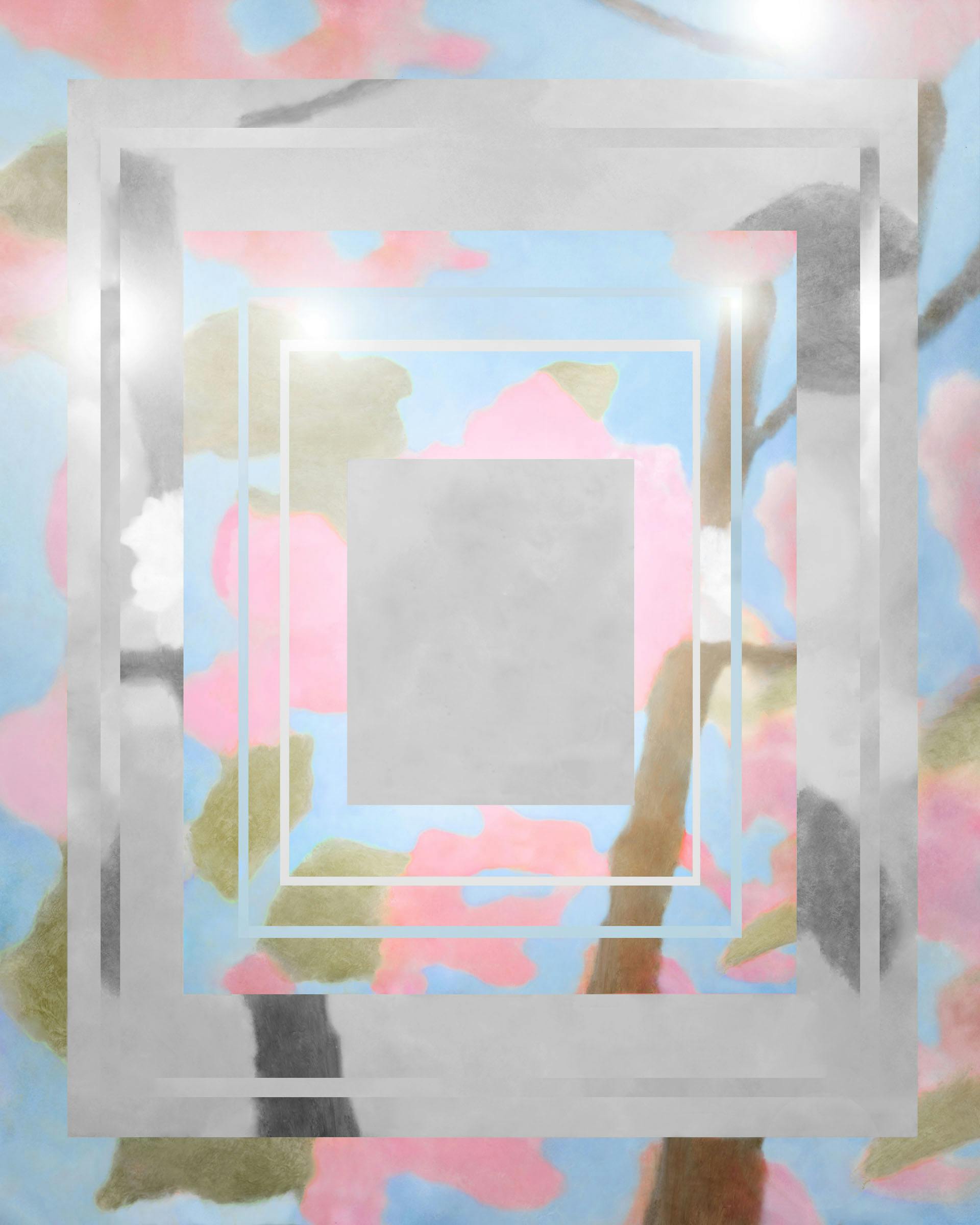
To view the full collection of Gregory Eddi Jones’s Obscura Foundry Commission Hanami Blocks:
Gregory Eddi Jones Promise Land Website:
Gregory Eddi Jones Twitter:
Follow Obscura DAO on Twitter:
Join the Obscura Discord:
Want to Contribute to the Obscura DAO?:
Want to Partner with Obscura?: